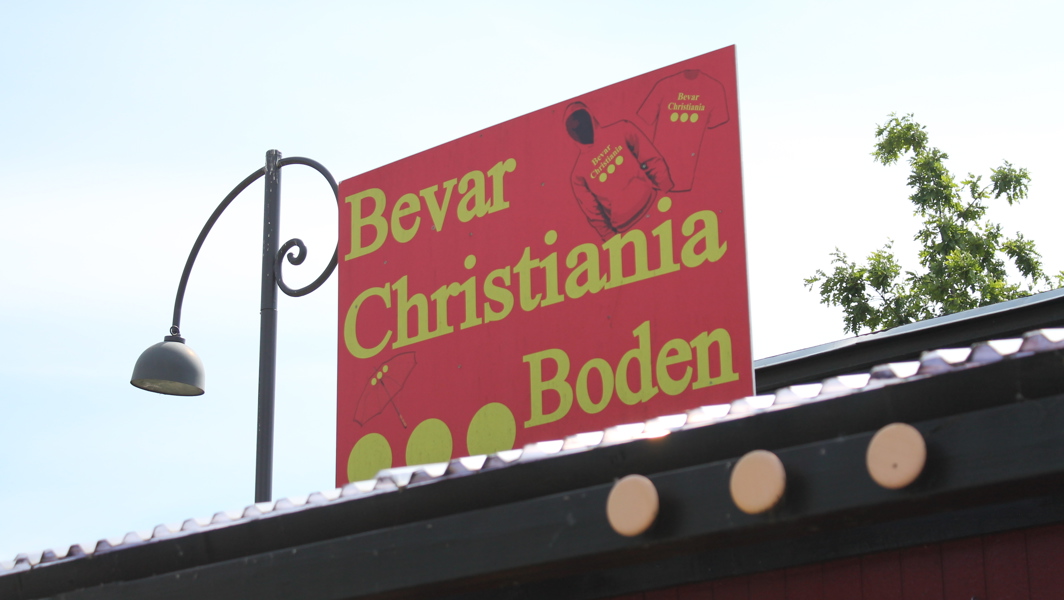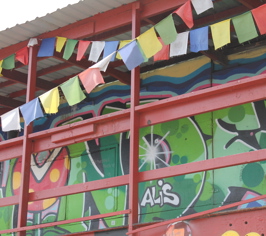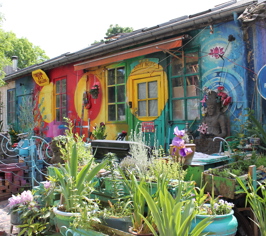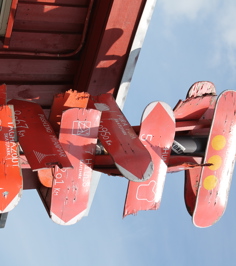Christiania
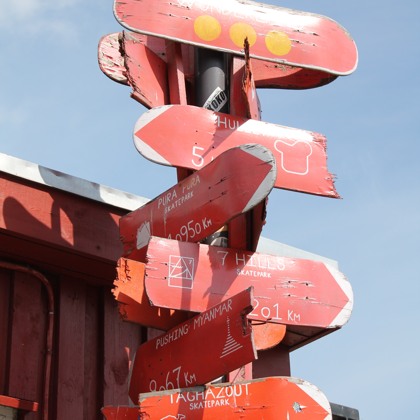
Photo: Danhostel Copenhagen City
A free town is born
Christiania, formerly part of a military barracks area, covers about 34 hectares and is located in central Copenhagen, in the Christianshavn neighborhood, near the harbor and Christianshavn's Canal. In 1971, the area was occupied by so-called squatters, later the BZ movement. Since then, the free town has been a collective with a unique and alternative lifestyle, diverging from conventional city life and following its own rules and norms. In 1972, it was labeled as a social experiment focusing on community, creativity, and sustainability.
For many years, Christiania has been a top tourist attraction, both for its positive and negative aspects. The Christianites' distinctive style is reflected in their colorful, self-built houses and residences, giving the city a unique atmosphere where graffiti-decorated walls and alternative art installations also characterize the area, creating a vibrant cultural scene. Christiania is a fascinating and unique corner of Copenhagen, attracting visitors from around the world who want to experience its alternative atmosphere and creative energy.
However, the rebellious side of the free town has also drawn attention. Since the free town operates with self-governance, the relationship between residents and authorities has been marked by challenges and conflicts over the years. One of the most well-known parts of Christiania is Pusher Street, a historic market for open sale of cannabis products, which has been subject to controversies with authorities. Danish politicians have attempted to shut down Christiania due to the drug trade, and by the end of 2023, there was an effort between the government and the Christianites to permanently close Pusher Street, but life in the free town continues for now.


